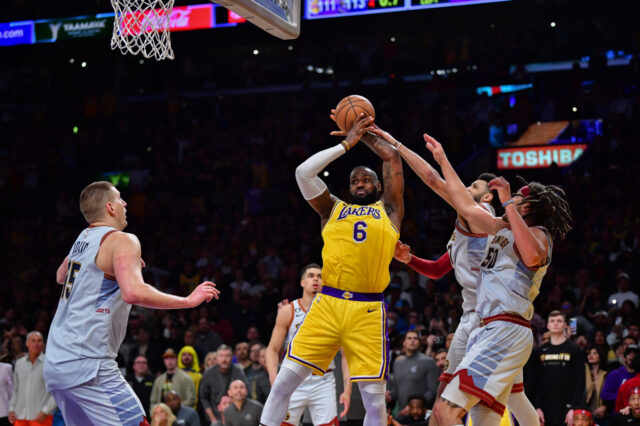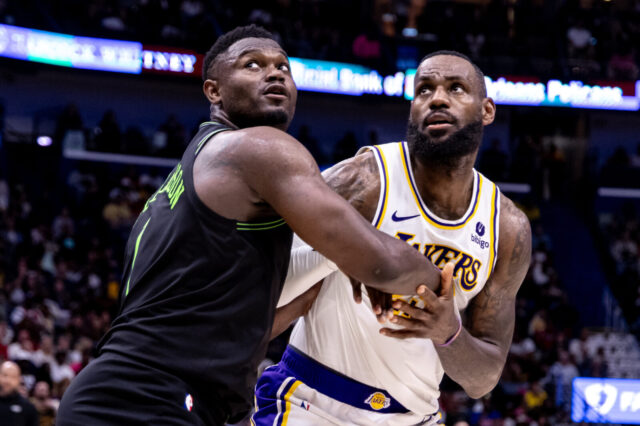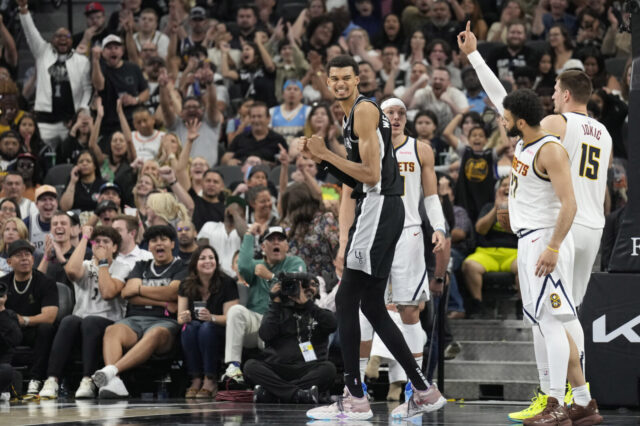And so the Brian Shaw era of the Denver Nuggets history book came to a close, not with a bang, but before a Tuesday night home game against the Bucks in early March – a whimper if there ever was one.
Without rehashing too many of the grisly details, here’s what went down in Shaw’s not-quite two-year tenure in Denver: a 56-85 overall record, an avalanche of uninspiring effort and execution, total confusion on both ends of the floor, total delusion when it came to preseason expectations, and an absolute inability to get through to the most important players in the locker room. By the end of his time in Denver, the Shaw had basically resorted to acting like an over-matched camp counselor, reading books about relating to millennials and confiscating phones during team meetings.
Not all of those communication problems are on Shaw. The Nuggets have a number of good guys in the locker room, but are clearly lacking in the leadership/maturity department. Still, I think even Shaw would admit that he didn’t do his best work in Denver, on or off the court. In the end though, that probably didn’t matter, because Shaw never had a chance to succeed with the Nuggets.
Think about it – the Nuggets roster was molded with a very specific game-plan in mind, one George Karl built during his time in Denver. Ty Lawson and Kenneth Faried, the team’s two most important players, learned and thrived in that fast-paced, attacking, who-the-hell-cares defensive style. It may not have worked in the playoffs (although I’m still convinced things would have been very different had Gallinari not torn his ACL that year), but there’s no doubt the Nuggets had success – the kind that doesn’t look so bad in retrospect.
Shaw was hired the year afterwards, and tasked with changing the only system his “stars” had experience in. That wasn’t just his idea either – the front office obviously had to sign off on Shaw’s vision on the court (which makes you wonder how he explained his philosophy in his interview when he could never articulate it to his team).
Understandably, his players were resistant to change after winning 57 games the previous year. That’s really what Shaw’s time with the Nuggets boils down to – Shaw was supposed to change the way the Nuggets operated, and his roster collectively asked “why?”. And when Shaw couldn’t come up with a good answer, the roster collectively said, “nope”.
Does any of that sound like a winning formula?
It didn’t help that Shaw derisively called Karl’s system “cute” or constantly blasted his team (especially Faried) to the press. It also didn’t help that the team’s roster got increasingly worse since the high-water mark of 2012-13, or that Gallinari took almost two full years to start looking like his old self again.
But these issues just accelerated Shaw’s demise – the out-sized expectations that came on the heels of that 57-win season basically assured that Shaw would have no breathing room if things went bad. Injuries gave him just enough wiggle room to last not even two years.
Hopefully he’ll get another chance in the NBA, because Shaw is an easy guy to root for. Plenty of very successful NBA head coaches flamed out at their first stop in the league only to find success elsewhere. He was given an impossible task here in Denver – he knew it, the front office knew it, the players knew it, heck, even the fans knew it after about 20 games last season. Shaw wasn’t a good fit for the Nuggets, and as currently constructed, the Nuggets weren’t a good fit for Shaw either.
Tasked with fitting a square peg in a round hole, Shaw failed. So did his players, and so did the front office. Tuesday a depressing end to an experiment that, despite the very best of intentions, everyone knew was doomed from the very start.
Zach Marburger is a staff writer for Mile High Sports. He can be reached via email at [email protected] or on Twitter @BurchBurger.



